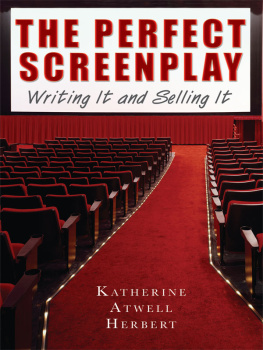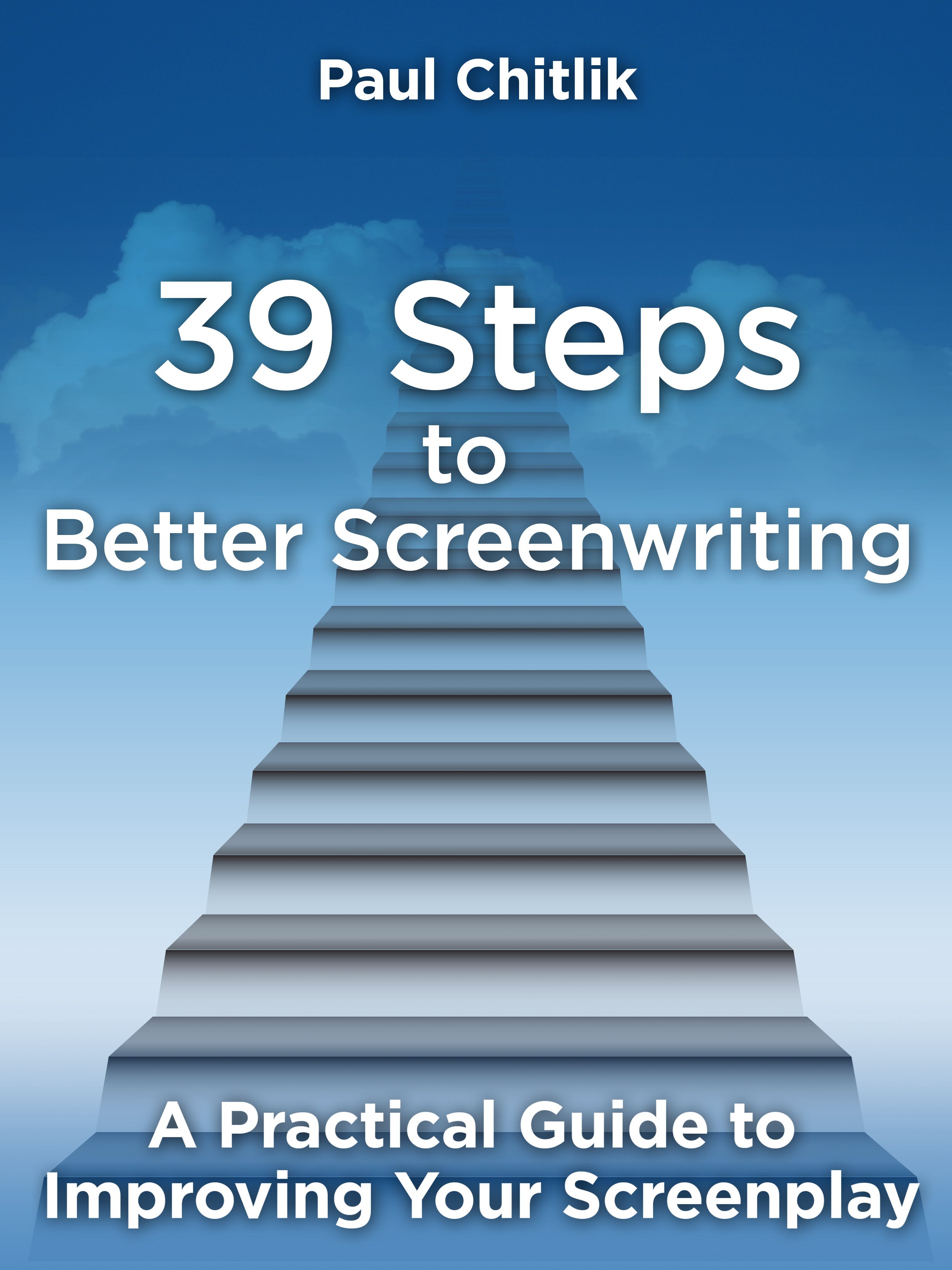For my grandmothers,
Sarah and Fannie,
who made it possible for me to become a writer.
Published by Michael Wiese Productions
12400 Ventura Blvd. #1111
Studio City, CA 91604
(818) 379-8799, (818) 986-3408 (FAX)
www.mwp.com
Manufactured in the United States of America
Copyright 2014 by Paul Chitlik
978-1-61593-212-2
All rights reserved. No part of this book may be reproduced in any form or by any means without permission in writing from the author, except for the inclusion of brief quotations in a review.
Table of Contents

Acknowledgments

To Ryan Dixon, of Baseline Research, for giving me the forum that Scriptshark.com provides. To Ken Lee and Michael Wiese for their continuing support and encouragement. To Beth McCauley for her insight and love. To the MWP family for their sense of community. To my students, a never-ending source of amazement, material, and excuses. And to Arthur Dreifuss, who believed in me thirty years ago.
Introduction

There are a lot of books on screenwriting, one of which is my own Rewrite, A Step-by-Step Guide to Strengthen Structure, Characters, and Drama in Your Screenplay which help you get started on the process of writing a screenplay. This is not one of those books. This is a companion book to those. This is an easy-reading book of short chapters which you can peruse just before nodding off, or even skim while in the smallest room in the house.
The chapters, none of which is more than a thousand words, deal with a wide range of subjects related to screenwriting and movie and television making in general. Some of them could be classified as purely opinions, while others are very specific craft issues ranging from punctuation to meaning in your screenplay.
Originally blog posts on Scriptshark.com , a subsidiary of The New York Times Company, these chapters dont necessarily need to be read in order to be appreciated. As a matter of fact, I encourage you to cruise the table of contents and then read an entry that interests you or that relates to an issue youre having with your screenplay at the moment. Are you struggling with creating a viable antagonist? Theres a chapter on that: The Antagonist as a Good Guy. Do you have problems establishing an emotional core in your script? Then read Three Stories, One Script. Is story your issue? There are several chapters dealing with story including one on Katy Perrys use of story in her concerts.
There are chapters on credits, when to abandon a story, specific movies, even one on What Film School Should I Go To? As you can see, chapters range from very specific advice (where to put a semi-colon or how to format a phone conversation) to broader pieces designed to get you to think about the art as well as the technique of screenwriting.
You may not agree with me on everything, but that is not my goal. My goal is to make you think about your writing in new ways and to give you tools to express those thoughts. Ive kept this introduction short about the length of most chapters to get you to open the book and explore its contents for yourself. Please do so and let me know your thoughts on the MWP Facebook page .
Step 1
In The Beginning

Has this happened to you? Youre at a party and someone starts talking to you and finds out that youre a writer. Two types of conversations invariably start (once theyve asked you if theyve seen anything youve written. How would you know what theyve seen?): 1) I have a great idea. Let me tell it to you; you can write it; and well split the profits. 2) I have a great idea, I just dont know where to start.
If its the former, you should just stop the conversation with, Ive got so many of my own ideas I havent written yet, I just cant take on another project, because its practically guaranteed that the other persons idea is no more thought out than something about flowers (actually pitched to a former writing partner for a Twilight Zone episode), or my office/house/school is a real sitcom. These are not ideas. They are nothing. And the hard part is not coming up with an idea, its expanding that idea, developing it enough so that it really is something, and then writing it. So, in fact, if you say yes to that profit sharing, it should be 99% for writing it and 1% for the idea. That will shut them up.
Or maybe the person has an idea of his/her own that s/he just doesnt know how to start. This question was put to me at a recent Christmas party. The other guest, a relative by marriage and a man I respect, just couldnt seem to get started on his idea for a script. Hes written tons of stuff. He has worked as an historian and NPR radio host. He knows his ass from a hole in the ground. Hes just stuck.
He said that this happens even when writing an article, and he might spend all day thinking about the opening line. Once he gets that, he says the rest just spills out of him. But hes been kicking around this idea in his head for years, and he cant find the first sentence.
So I offered a way to start. I said I cant write your first sentence, but I can certainly write your first word: The. Now, all you have to do is finish the sentence and youre on your way.
Okay, it was a smart-ass answer to a gnawing problem that many writers have. But the only real answer is you have to have something on paper before you can call yourself a writer; and even if you start with the humblest of words like the, or even a, you have written something. You just have to find the next word, and then the next, and pretty soon youve got something. If it all looks just too big to tackle, well, cut it down to the basics and just write the seven points in seven sentences (see my book , REWRITE: A Step-by-Step Guide to Strengthen Structure, Characters, and Drama in Your Screenplay , for more information on the seven points). You can write seven sentences, cant you? And from there you can write forty or so sentences with each describing a scene, and from there you can write a treatment that describes the story in detail, and then you can write the screenplay.
Step by step you build your screenplay. Yes, there are other things you should do, like write bios of the main characters, maybe work out a time line, figure out the sub-plots, think about what you really want to say with the story, etc. But that looks like a lot to approach all at once. If you can just write the first word, you start to climb that mountain step by step. Then you can eventually reach the joy time in every writers life when s/he can go from writing to having written.
Step 2
Eight Things to Remember When Writing Science Fiction

Ive always written in whatever genre I wanted to write in at the time, so my career has caromed from reality TV to sitcoms to science fiction to kids movies to one-hour dramas and back again. With my experience in so many fields, people often ask me what the difference is between them. The answer is very little. They all depend on human emotion and conflict, flaws and goals, victory and defeat. Even science fiction.
So, could I just leave it at that? That science fiction is the same as comedy or drama or commercials for Alpha Bits? (Yes, I was the one who wrote the Swirlpool ad. Sorry.) No. There are some things to keep in mind when you write science fiction (or sci-fi or speculative fiction or whatever youd like to call it). There are no rules, but there are guidelines. Here are some of the things we used to tell prospective writers for The New Twilight Zone mixed in with a few additions of my own.

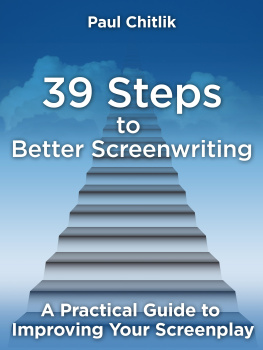


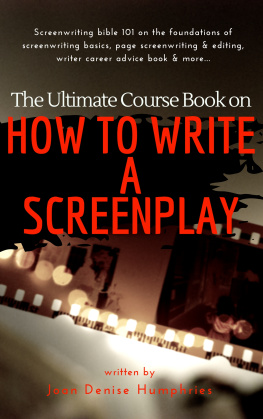
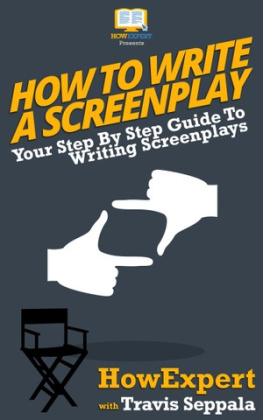
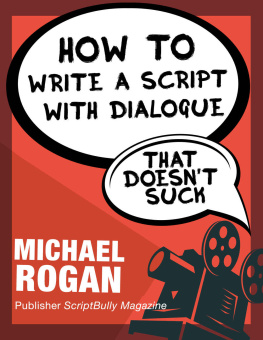

![Watt - The 90-day screenplay : [from concept to polish]](/uploads/posts/book/103527/thumbs/watt-the-90-day-screenplay-from-concept-to.jpg)
